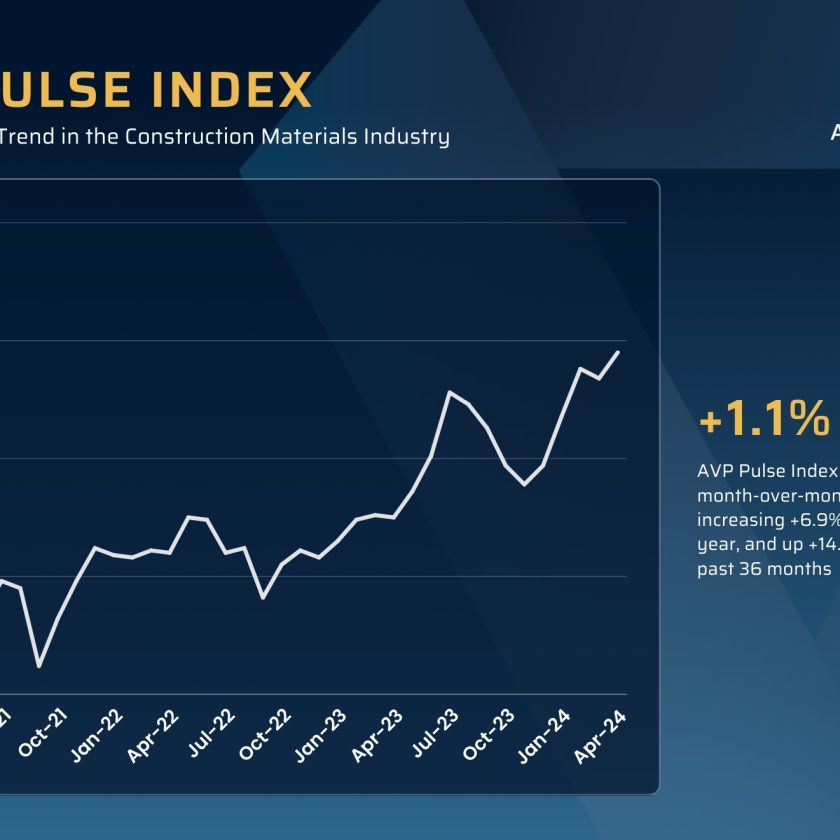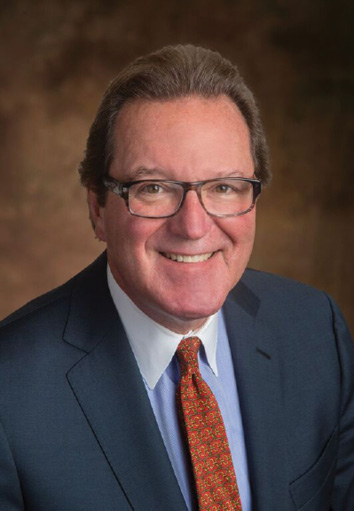By: Pierre G. Villere
Last month, I began this column by saying that I was speechless and in a state of shock. I still am.
I opined this disruption “will all taper off by summer, and no doubt the unemployment rate will have exploded. GDP will be in negative territory for the third quarter, if not even the second given the economic walloping we took in March when the virus exploded in the United States. But I think this could be a slingshot recovery …”
For those who have followed my writings these last decades, you know that I am the eternal optimist; even in the throes of the Great Recession, I touted the progress our industry made, month-by-month and year-by-year, until we were back to normal by late last decade. But for the first time in my almost five-decades long career, my crystal ball is as cloudy as it has ever been, and my optimism has been shaken.
The Unemployment Boogeyman. What has changed in the month since I wrote last is the unfathomable skyrocketing of unemployment numbers: at this writing, more than 22 million workers have sought unemployment benefits during a month of coronavirus-related shutdowns, a record-shattering total that reflects a broad shock for the U.S. labor market.
By comparison, the largest number of Americans to ask for unemployment benefits in a four-week stretch was 2.7 million, or 2.4% of the labor force, in the fall of 1982. The numbers as of this writing are more than eight times that amount, although the now-famous Payroll Protection Program, also known at the “PPP,” will have a direct impact on unemployment figures and total claims should be heading downwards.
Here is where the clouds build inside my crystal ball. How far down will they come? The facts as we know them today, which we didn’t fully comprehend a month ago, is that reopening the economy will take place in fits and starts, through multiple phases that may take us through the end of the year and beyond.
Restaurants will be required to operate at reduced capacities to continue the social distancing we are all practicing, stores will moderate foot traffic, and guidelines for attendance at fall college and pro football games are still a complete unknown. Forget concerts or festivals – most of these types of events have been cancelled completely for 2020.
What does this mean for our industry? The recovery will be measured market-by-market, county-by-county, and state-by-state. Recoveries will be faster in areas less impacted by this plague, but areas like New York, Detroit and my own hometown of New Orleans will take longer as the profound effects of the pandemic in those regions wear on. You can expect to witness a spotty recovery when comparing markets across the country.
But my biggest fear is exactly that fear … and sentiment. The longer this goes on, the worse the toll will be on sentiment, which drives our economy. The great illustration of that is our own, personal experience with Hurricane Katrina 15 years ago.
That storm’s severity in 2005 and the slow pace of rebuilding left lasting economic scars, as employment in the New Orleans area immediately plunged 30%. Two years later, only half that drop had been recovered, and a third of businesses had failed to reopen. It took a huge emotional toll on all of us who lived through the recovery.
The priority now is to avoid New Orleans’ post-Katrina fate. That requires enabling businesses, as best as possible, to hang on until this pandemic is over. The United States has traditionally resisted subsidizing employers to keep workers on, preferring instead to subsidize the unemployed as they search for a new job. The $2-trillion-plus CARES Act breaks that tradition, as its cornerstone was the PPP program designed to discourage businesses from sacking workers.
One thing is for sure: the prosperity we witnessed in our economy in 2019 and in the first two months of this year will be months, if not years, coming back. Like the Great Recession before this, our industry needs to focus on near-term survival, and ultimately, long-term recovery.
 Pierre G. Villere serves as president and senior managing partner of Allen-Villere Partners, an investment banking firm with a national practice in the construction materials industry that specializes in mergers and acquisitions. He has a career spanning almost five decades, and volunteers his time to educate the industry as a regular columnist in publications and through presentations at numerous industry events. Contact Pierre via email at [email protected]. Follow him on Twitter @allenvillere.
Pierre G. Villere serves as president and senior managing partner of Allen-Villere Partners, an investment banking firm with a national practice in the construction materials industry that specializes in mergers and acquisitions. He has a career spanning almost five decades, and volunteers his time to educate the industry as a regular columnist in publications and through presentations at numerous industry events. Contact Pierre via email at [email protected]. Follow him on Twitter @allenvillere.



